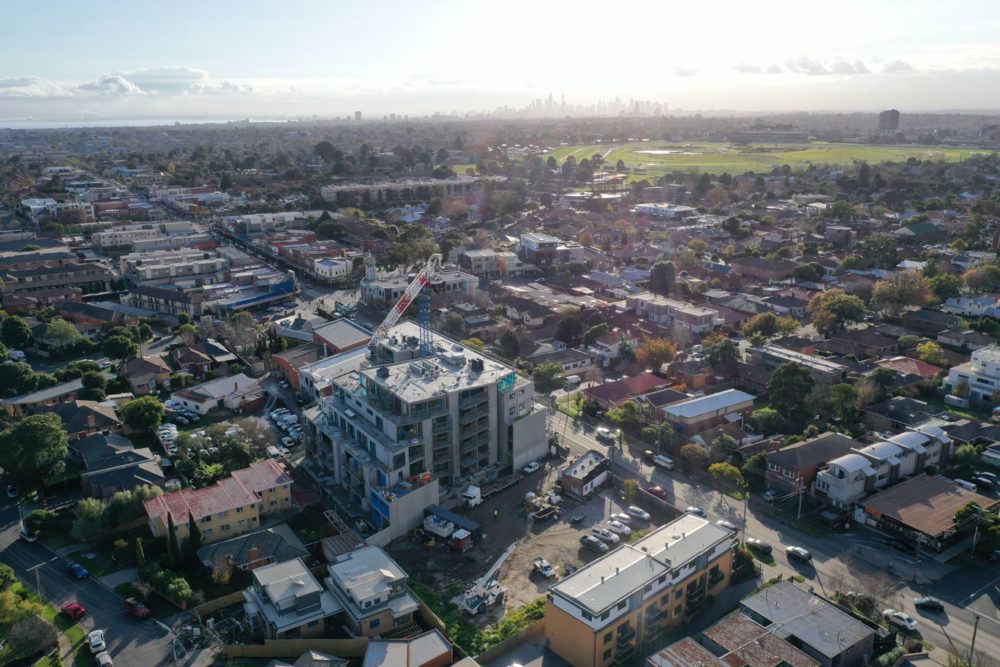As drones technology continues to advance, their ability to capture moments is becoming endless. From surveying building and industrial sites, capturing events, sporting races, festivals or even planting crop seeds. Society and industry are continuing to find innovative uses for drones. This is all down to the fact: drone capture imagery like nothing else.
Anyone who has dedicated themselves to become a drone technician and photographer needs to learn not only the ropes of how to become a skilled pilot but how to become a masterful photographer too. To capture captivating video with those breath-taking shots, drone users need to know their equipment back to front and understand what is needed to capture that perfect shot.
Along with the aforementioned skills, it’s imperative drone pilots are across the ever-changing laws regarding drone air space, restrictions and privacy.
For those wanting to become drone photographers and purchase their own drones, they will need to consider the following:
- What other technology will you need to facilitate the drone and final product?
- The battery life of a drone. How long will you be filming? Important to attain the right amount of equipment for your desired flights.
- The quality and resolution of the camera on the drone itself to suit the intended use.
- Will you be able to access areas to legally fly your drone?
- What are the conditions where you intend to fly your Drone? Will you need to spend more money to ensure the drone can compete with the outside environment?
- Post-shoot: What equipment do you have to help edit the perfect shot?
It’s also important to consider less expensive drones may not be the way to go. Often, purchasing a cheaper drone will mean extra features ensuring a seamless (and safe) flight may not be available.
The type of drone you purchase is very important but at the end of the day, the ability of the person’s skills flying the drone are what make or break the shoot.
Practice, practice, practice. You may be a great conventional photographer but flying a drone is a whole new ball game. You must improve and develop your skills as a drone pilot. Understanding angles and time-frames will make you a far superior photographer.
It’s also strongly recommended the pilot also puts together the post-production material – at least for the start. This allows you to get a grasp on what makes a good shot and what doesn’t. While you may think you’re taking some incredible footage, often, you will go into post-production and think ‘what was I doing!?’ But remember, as a pilot only you are in control. Ensure you are capable of undertaking what you are intending to achieve. Drones are, after all, still a piece of heavy machinery that can damage property or worse yet, injure someone.
=If you have never filmed with a drone, we suggest flying low to begin with and in a familiar environment – baby steps. But once you get the hang of it, you’ll realise how incredible Drones really can be. So get out there! What are you waiting for?

